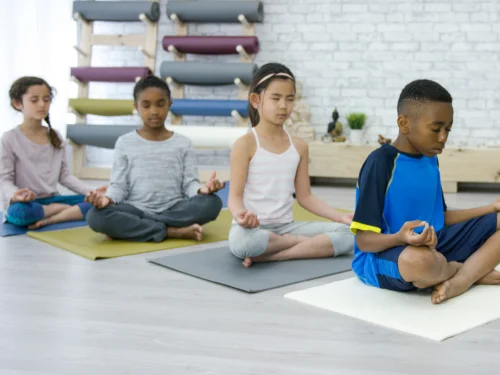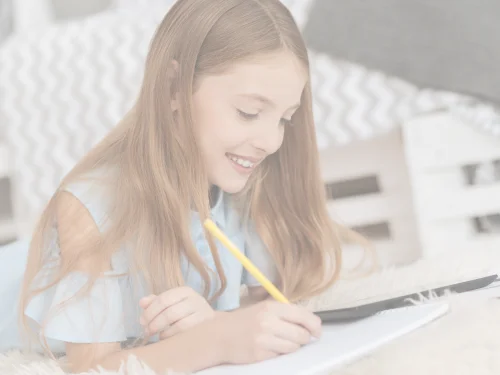6 Different Types of Attention Every Parent Should Know
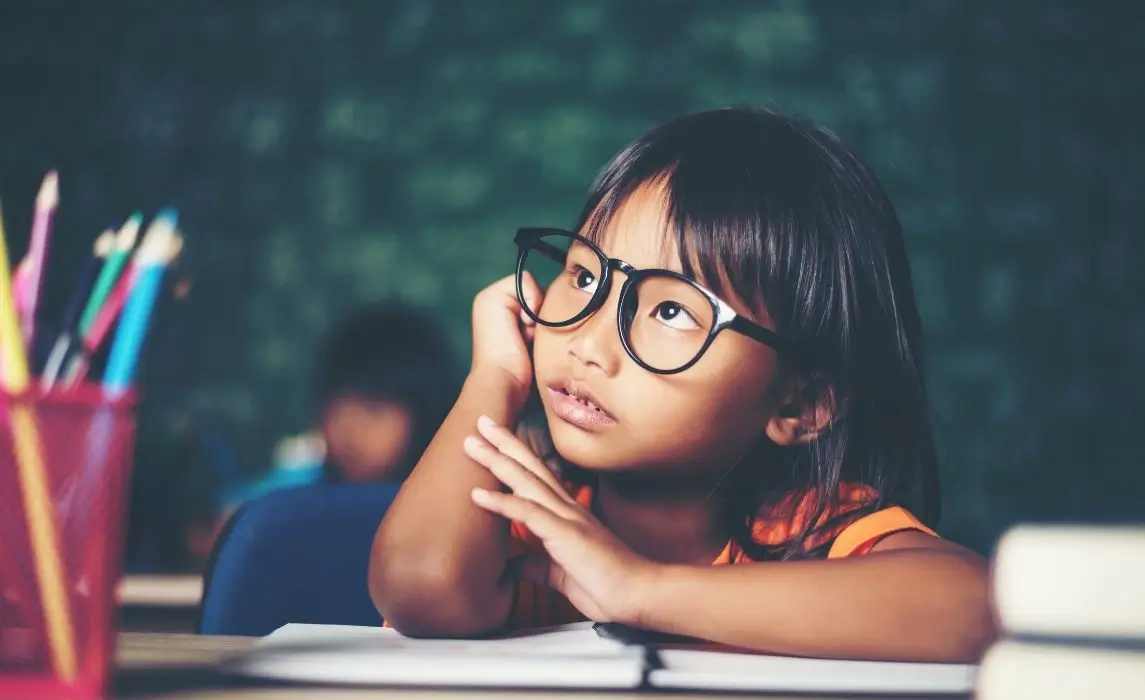
Yes—finger plays, clapping games, and dance routines that use hand gestures all help. Combine rhythm and repetition for deeper learning.
Send home simple activity ideas, kits, or worksheets. Offer short instructions and encourage family involvement. Regular practice builds lasting progress.
Try origami, sticker scenes, stringing pasta, or painting with Q-tips. Crafts that use small pieces build precision and control.
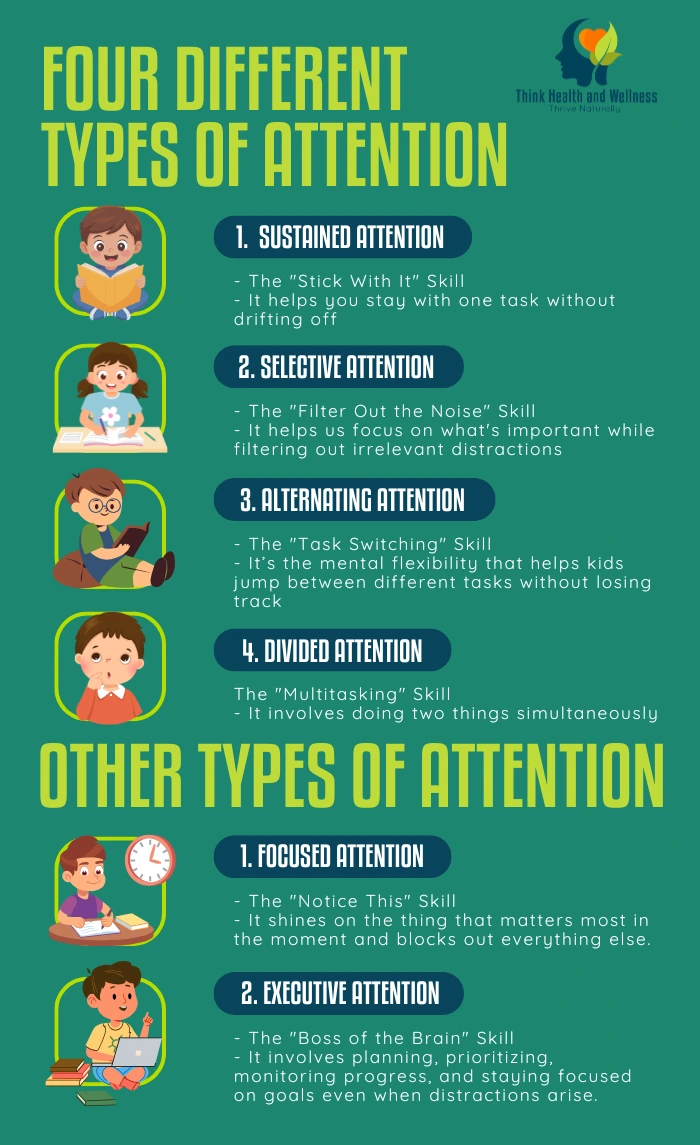
Imagine this: your child sits down to start homework, but within minutes they’re fiddling with a pencil, staring out the window, or lost in their own thoughts. It might look like simple distraction, but what you're witnessing is actually a complex dance between different types of attention, each playing a crucial role in learning, safety, and daily independence.
Just as a busy intersection needs different types of signals, stop lights, yield signs, pedestrian crossings, our minds need various attention skills to navigate learning, relationships, and everyday tasks successfully.Why Understanding Attention Types Matters
Before we get into the details, let’s pause and ask: why does attention really matter? Think of it as the ground floor of your child’s learning skyscraper. Without it, skills like planning, organizing, and self-control don’t have a solid place to stand. When we understand which kind of attention a child finds tricky, we can step in with the right kind of support instead of throwing random strategies at the wall and hoping one sticks.
The Six Different Types of Attention
1. Sustained Attention: The "Stick With It" Skill
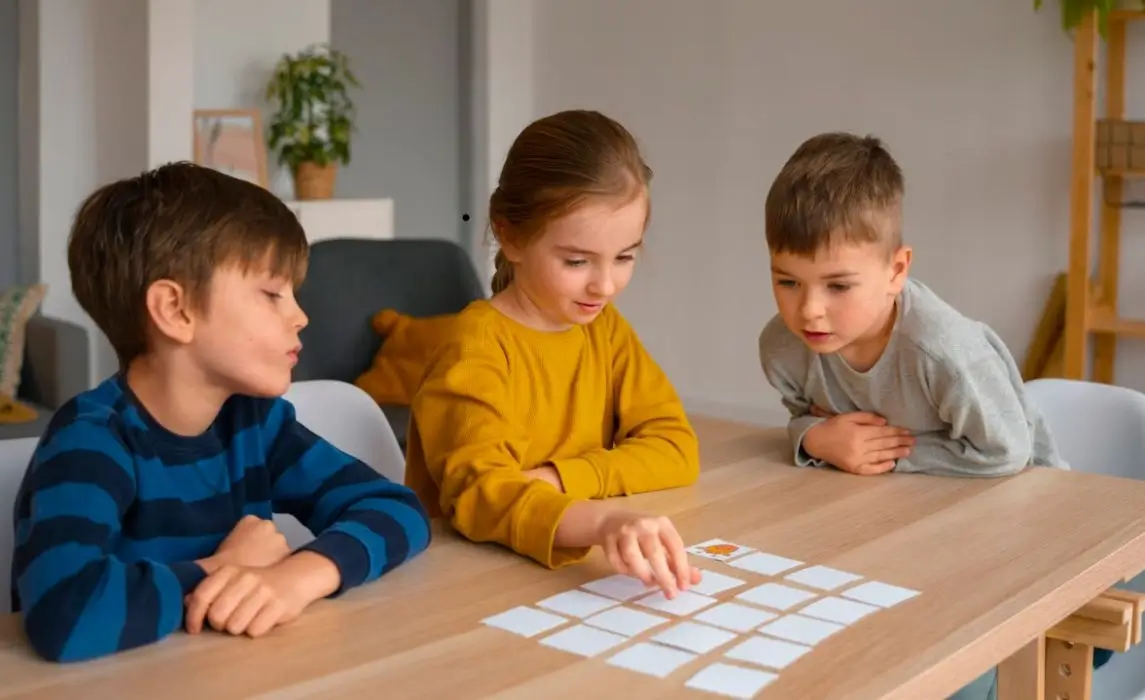
Sustained attention is like having super glue for your brain, it helps you stay with one task without drifting off. It’s what people usually mean when they say “concentrate.” The older kids get, the longer they can focus. A preschooler might give you 5–10 solid minutes, while an older child can stretch that to 20–30 minutes or more.
What it looks like in action:
- Finishing homework.
- Reading several pages of a chapter book without getting distracted
- Working on a puzzle for 15 minutes straight.
Activities and strategies for this attention type:
- Timed Quiet Activities: Start with short periods (5-10 minutes) of reading, drawing, or building, gradually increasing the time. A visual timer (like a sand timer or colorful clock) makes it fun because kids can see the time ticking down.
- Search and Find Tasks: Word searches, number hunts, or “spot the difference” games sneak in focus practice while still feeling like playtime. Kids love the challenge, and their brains love the workout.
- Checklist Systems: Big tasks can feel scary, so chop them into bite-sized steps with checkboxes. This provides regular sense of accomplishment while building stamina.
Fun fact: Dory from Finding Nemo is a classic example of someone who struggles with sustained attention and working memory. She gets easily distracted and forgets what she’s doing mid-task.
2. Selective Attention: The "Filter Out the Noise" Skill
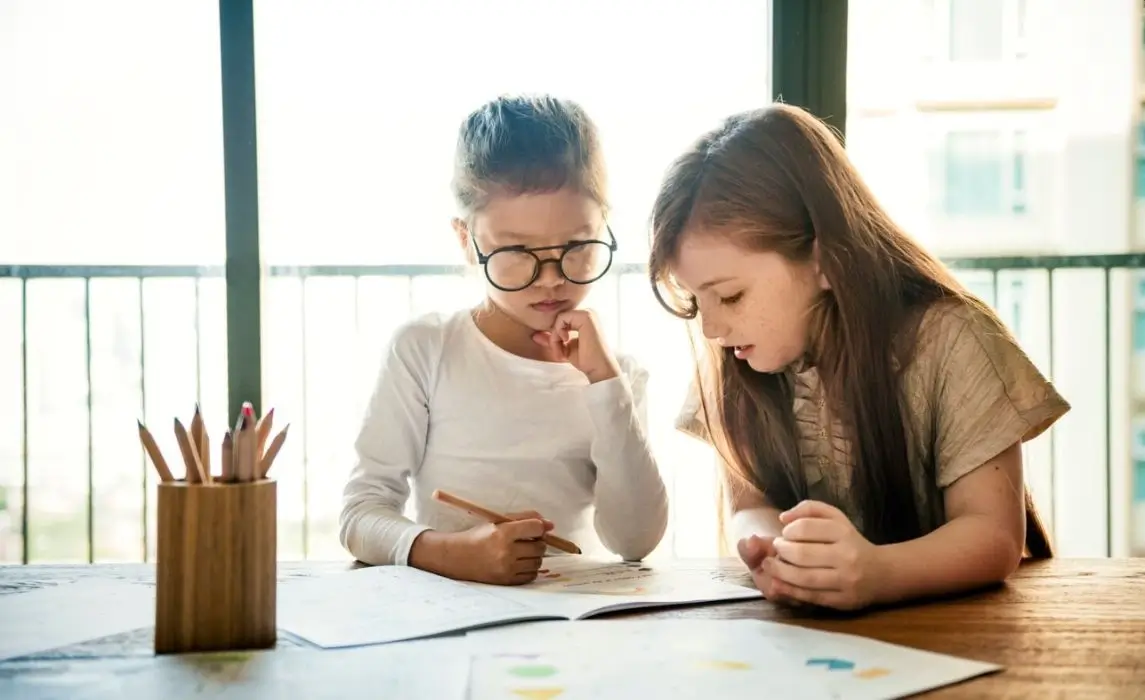
Selective attention acts like noise-canceling headphones for the brain. It helps us focus on what's important while filtering out irrelevant distractions. Kids who struggle here aren’t “spacey”, their brains just have a hard time figuring out which sounds or sights deserve front-row attention.
What it looks like in action:
- Follow the teacher’s voice despite chairs scraping and lockers slamming in the hallway.
- Finishing a worksheet while classmates whisper nearby.
- Locking in on Mom’s voice in a loud, crowded restaurant.
Activities and strategies for this attention type:
- Reduce Distractions: Create designated homework areas with minimal visual and auditory distractions. Consider noise-reducing headphones for children who are easily overwhelmed by sound.
- "Find the Target" Games: Hide specific items among distractors (finding all the red circles in a busy picture), or play music and ask children to listen for specific instruments.
- Visual Boundaries: Sometimes kids just need clear boundaries. Use folders, little desk dividers, or even painter’s tape on the table to mark their workspace. A defined spot can help their brains stay in “focus mode.”
Fun fact: Riley from Inside Out shows what happens when selective attention is overwhelmed. Her emotions constantly fight for the spotlight, making it tough to focus on what’s truly important.
3. Alternating Attention: The "Task Switching" Skill
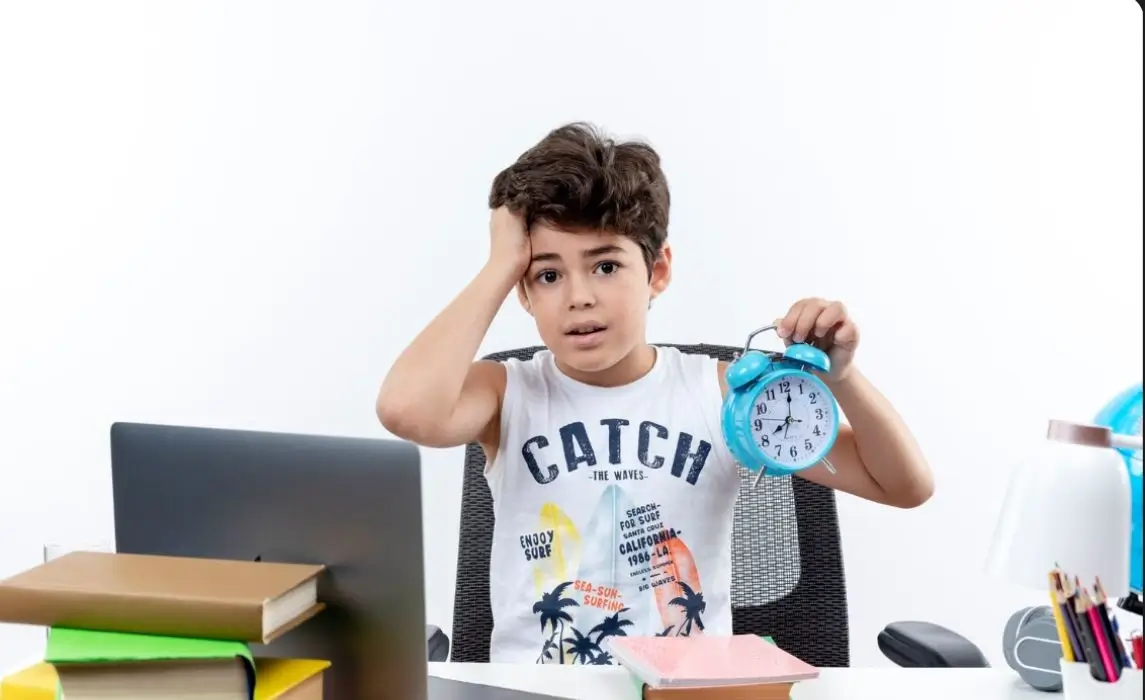
Alternating attention is like having a remote control for your brain, you can switch channels on purpose without getting stuck. It’s the mental flexibility that helps kids jump between different tasks without losing track.
What it looks like in action:
- Helping with dinner preparation (stirring the soup, then setting the table, then back to stirring).
- Switching from math homework to reading homework.
Activities and strategies for this attention type:
- Musical Chairs Variations: Instead of eliminating players, have children switch between different activities when music stops (coloring to building blocks to reading).
- Task-Switching Worksheets: Create activities that naturally require switching: read a paragraph, solve a math problem, read the next paragraph, solve another problem.
- Simple Cooking Projects: Following recipes naturally builds alternating attention as children switch between measuring, mixing, and monitoring different steps.
Fun fact: Donkey from Shrek is the poster child for Alternating Attention gone wild. One second he’s talking about waffles, the next he’s planning a road trip, and before you know it, he’s singing a random song. Switching back smoothly isn't exactly his strong suit.
4. Divided Attention: The "Multitasking" Skill (Use Sparingly!)
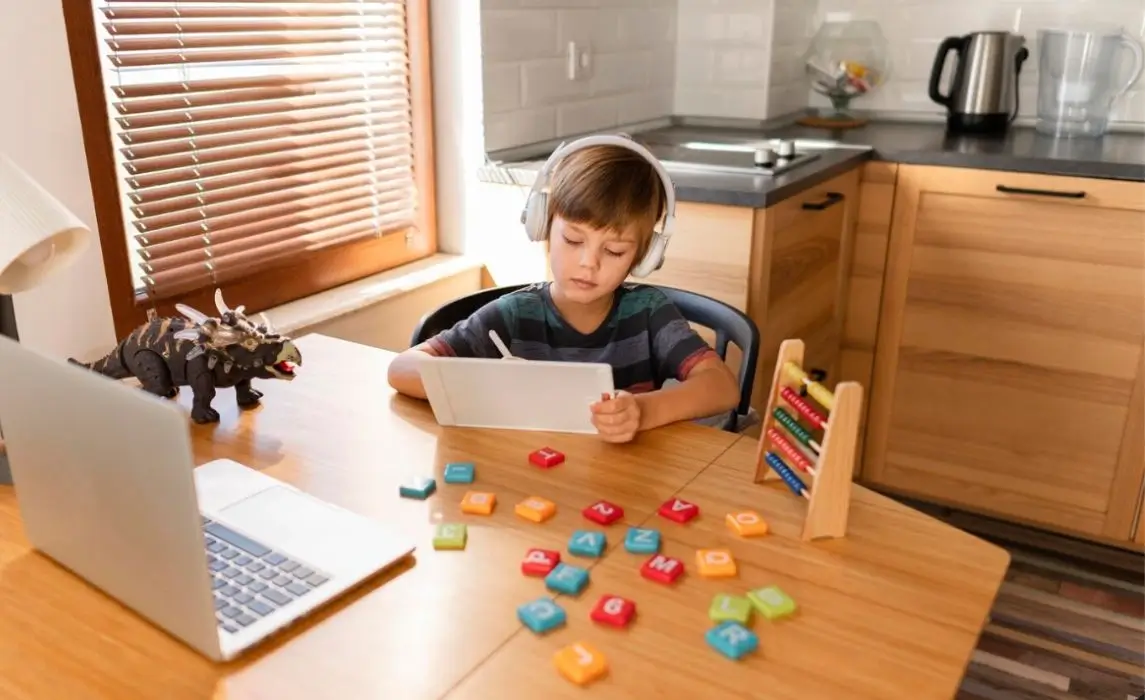
Divided attention involves doing two things simultaneously. Here's an important caveat: true multitasking is actually quite limited in children (and adults too!). What looks like multitasking is usually rapid switching between tasks, which can be mentally exhausting. Some situations do call for divided attention but most of the time, it’s healthier to help kids put their spotlight on one main thing at a time. A little practice with this skill is fine and can boost flexibility, but balance is key.
What it looks like in action:
- Walking and talking at the same time.
- Listening to the teacher while jotting down notes.
- Chatting with a friend while building a block tower.
Activities and strategies for this attention type:
- Light Background Activities: While working on simple, automatic tasks (like coloring or building), toss in an easy question or two. It’s a gentle way to practice splitting attention without overwhelming them
- Walking and Talking: Take walks while discussing the day or practicing spelling words. The rhythm of walking can actually help some children think more clearly.
- Graduated Practice: Start with very simple combinations and only add complexity once children are comfortable.
Fun fact: The Minions are basically walking divided attention fails. They try to help Gru but get distracted by shiny gadgets, food, or each other.
Now, while most people talk about four types of attention, researchers often include two more that are just as important:
<aside>💡
</aside>
5. Focused Attention: The "Notice This" Skill
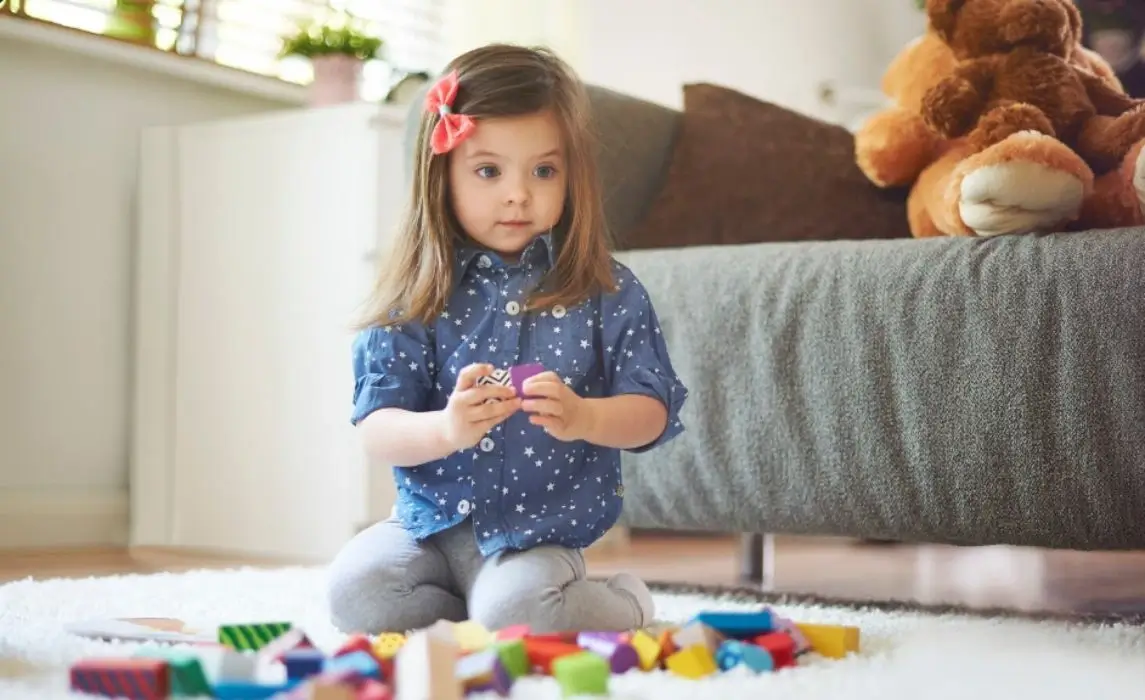
Focused attention is like a flashlight beam. It shines on the thing that matters most in the moment and blocks out everything else. This is the very first type of attention kids develop and it’s the one that sets the stage for all the others.
What it looks like in action:
- Toddler immediately turns toward the sound of the ice cream truck.
- Student looks up at you the moment you say their name.
- A child spotting their parent waving in a crowd.
Activities and strategies for this attention type:
- "I Spy" with Purpose: Start with obvious targets ("I spy something red and round"), then gradually make them more subtle. This builds the ability to orient toward specific stimuli.
- Quick Reaction Games: Simple activities like "Simon Says" or "Red Light, Green Light" help children practice noticing and responding to specific signals.
- Environmental Setup: Reduce overwhelming visual clutter in study areas. A clean, organized space makes it easier for children to focus on what matters.
Fun fact: Harry Potter in Harry Potter and the Sorcerer’s Stone when he zeroes in on the flying keys. He blocks everything else out and notices the one key with the bent wing, that’s focused attention at work!
6. Executive Attention: The "Boss of the Brain" Skill

Executive attention is the CEO of all attention types. It involves planning, prioritizing, monitoring progress, and staying focused on goals even when distractions arise. It’s like having an inner coach who says, “Hey, let’s get back to work!”
What it looks like in action:
- A student catching themselves daydreaming and re-focusing on the lesson.
- Choosing to finish homework before diving into a favorite video game.
Activities and strategies for this attention type:
- Goal Setting Cards: Help children identify what they want to accomplish and break it into steps. Visual representations work well for younger children.
- First-Then Planning: Use visual schedules that show "first we do homework, then we play outside." This builds the ability to delay gratification and work toward goals.
- Break Planning: Teach children to recognize when they need breaks and plan them intentionally rather than just wandering off-task.
Fun fact: Hermione Granger from Harry Potter is the gold standard example of having executive attention. Always organized, monitoring her progress, and redirecting when things get off-track.
Red Flags vs. Normal Variation: When to Be Concerned
Every child gets distracted: daydreaming in class, doodling during homework, or staring out the window when they should be listening. That’s all part of growing up! But sometimes, attention challenges cross the line from normal kid stuff to something worth a closer look.
Consider seeking guidance if attention difficulties:
- Persist across multiple settings (home, school, activities)
- Create safety concerns (running into traffic, not responding to warnings)
- Significantly impact daily functioning or learning
- Represent a big gap compared to same-age peers
- Cause distress for the child or frequent family conflicts
💡 Quick example: It’s perfectly normal for a kindergartener to wiggle during story time. But if a fourth-grader can’t finish homework without nonstop reminders, that’s a sign they might need more support.
The key is spotting the pattern—occasional distractions are normal, but persistent struggles that get in the way of safety, learning, or relationships deserve attention.
You May Also Like: Child Development Milestones: A Complete Guide for Parents
Creating Supportive Environments to Improve Attention
The environment plays a huge role in supporting different types of attention. Consider these general principles:
For Home: Establish consistent routines that reduce the mental energy spent on decision-making. When children know what comes next, they can dedicate their attention resources to learning and playing rather than figuring out expectations.
For Classrooms: Use visual schedules, clear transitions signals, and designated spaces for different activities. Consider the sensory environment, some children need movement breaks, while others need quiet spaces to recharge.
Universal Strategies: Regardless of setting, provide clear expectations, break tasks into manageable chunks, and celebrate effort as much as outcome.
You May Also Like: How to Boost Emotional Intelligence in Children
Common Conditions Linked to Attention Deficits or Challenges
👦 ADHD (Attention-Deficit/Hyperactivity Disorder)
Kids with often struggle with staying on task, sitting still, or following through on instructions. Their attention can jump quickly, especially when something feels boring. On the flip side, they may “hyperfocus” on things they love, like video games or favorite hobbies.
🌈 Autism Spectrum Disorder (ASD)
Children with ASD might find it tough to shift their attention from one activity to another. They can get deeply absorbed in something they enjoy and block out everything else—or feel easily overwhelmed by too many things happening at once.
📖 Dyslexia
For kids with dyslexia, attention problems often show up during reading or writing tasks. Since decoding words takes so much effort, staying focused for long stretches can feel exhausting. It’s not that they don’t want to pay attention, it’s that the task itself is extra demanding.
Did you know? Today’s kids have an average attention span of about 8–12 minutes, depending on their age and the activity. That means by the time you finish telling a short story, their minds might already be wandering to snacks, toys, or what’s outside the window!
Here's the encouraging news: attention skills can be strengthened with practice and support. Like physical fitness, attention gets stronger with regular, appropriate exercise. The key is consistency and patience rather than intensive one-time interventions.
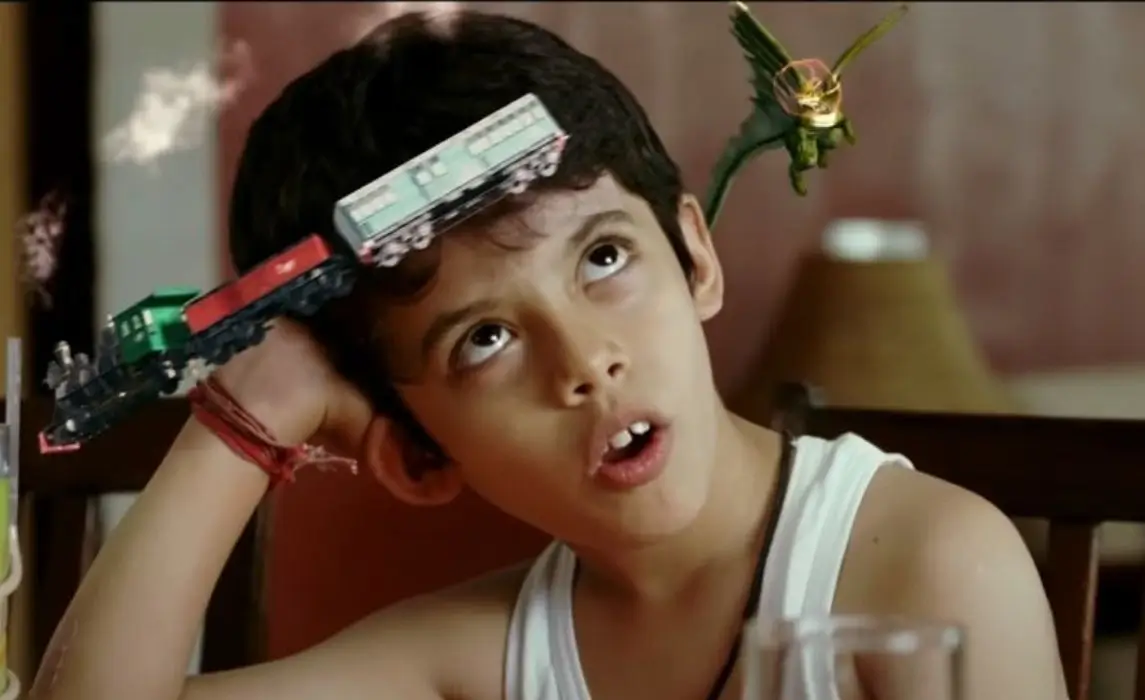
If you really want to get a feel for this, check out "Every Child Is Special". It’s a perfect example of how attention works, and sometimes struggles, in real life.
- Ishaan (the main character) struggles with sustained and selective attention. In class, he can’t hold focus on reading or writing tasks for long, and he easily tunes into distractions rather than the lesson. This shows how attention challenges can look like “laziness” or “defiance” when really it’s about how the brain processes focus.
- On the flip side, when Ishaan paints, his focused attention comes alive. He can sit for hours immersed in colors and creativity, blocking out everything else. That’s the beauty of attention, it’s not that he can’t focus, it’s that he focuses deeply when the task taps into his strengths and passions.
You May Also Like: How to Get Children to Listen: 8 Practical Strategies for Parents


